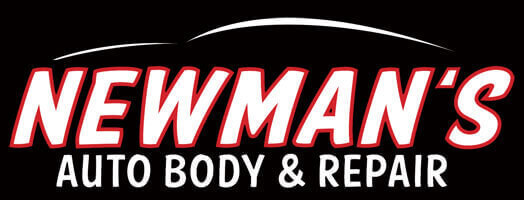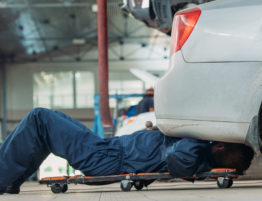
If you have had occasion to shop for tires recently then you are more than aware of the fact that they could not exactly be termed as cheap, no matter what kind of vehicle you drive. Therefore, getting more out of the set you have should be something of a priority, unless money is no object, something that is hardly the case for most of us.
So how do you do that? Here are a few basic pointers:
Keep Your Tires Properly Inflated
Try to get into the habit of at least glancing at your tires once a day, either when you park up for the day or better still when you stop for gas (where there will be air nearby if you need it.) A lot of the time you can tell yourself when your tires could use a bit of air.
If you have a newer vehicle it may be equipped with a Tire Pressure Monitoring System (TPMS), which is handy, but you still need to make sure that you know what the optimal tire pressure is for the vehicle when that warning light goes off.
If you do not have a TPMS you should check all of your tires once a month using a good digital or pencil type pressure gauge. Not only will you be helping to extend the life of your tires by maintaining a consistent tire pressure, but you can also improve your average gas mileage by up to 3.3%!
Get Your Tires Balanced and Rotated Every Other Oil Change
By getting your tires balanced and rotated at your local auto shop every 7,000 – 10,000 miles (approximately every other oil change) you will help increase the lifespan of all four of them as the tires on the front of the vehicle wear faster than those on the back. You will also be helping to reduce vibrations that can damage other ‘working parts’ on your car.
Routinely Check Your Tire Treads
A tire wearing on its outside edge is often a sign that your wheels are no longer properly aligned. Misalignment (camber and toe-in) will usually significantly reduce the life of your tires, so routinely inspect for uneven tread wear.
An easy way to check your tread depth is to insert a penny in the tread groove or look at the wear bars (a raised molding inside the groove). If you can see all of Abe’s head or the bars are even with the top of the tread, the tires should be replaced, and you should also have your alignment checked when you do put on the new ones.
Avoid Potholes – Or at Least Go Over Them Slowly
Potholes are certainly a big enemy to tire health. Depending on your tire’s design and pothole’s depth, even hitting a pothole at 20 m.p.h. can cause significant damage to the tire sidewall, which is not something that can be fixed.
If a pothole is unavoidable, it is better to slow down and drive through it than try to swerve away from it at the last second, as doing the latter is nothing short of a driving hazard, both for yourself and other cars on the road around you.
Visit our Contact Us page to find out how and where to reach us.
We can also give you a free online estimate. Click here to give us the details of your car repair needs.
We work with all insurance companies and we can guarantee the quality of our work every time.








